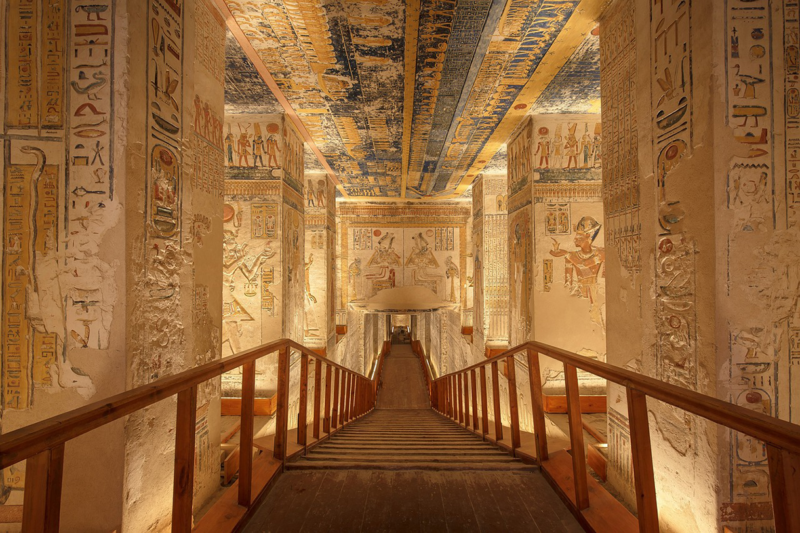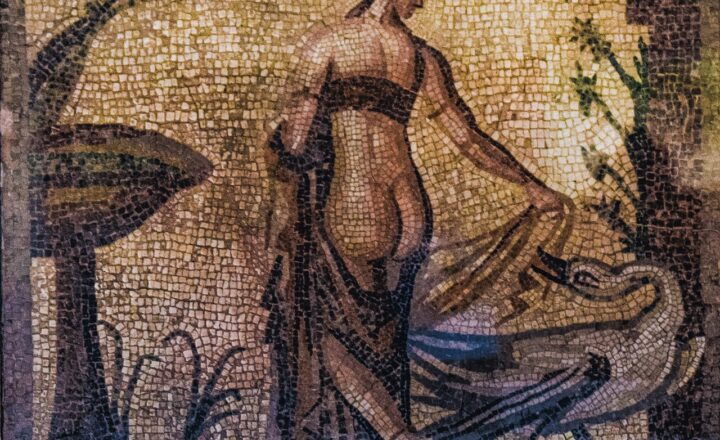
Ancient Egypt is one of the most fascinating civilizations in history, known for its monumental architecture, rich culture, and powerful pharaohs. Among its most iconic symbols are the pyramids and the mysterious lives of the pharaohs who ruled this ancient land. In this article, we’ll dive into the secrets of Ancient Egypt, exploring fascinating facts about pyramids, pharaohs, and the legacy they left behind.
1. The Great Pyramid of Giza: An Ancient Wonder
The Great Pyramid of Giza, one of the Seven Wonders of the Ancient World, remains a marvel of engineering. Built over 4,500 years ago for Pharaoh Khufu, it is the largest of the pyramids on the Giza Plateau.
- Construction Mystery: The exact methods used to build the Great Pyramid are still debated, with theories ranging from massive labor forces to advanced engineering techniques.
- Precise Alignment: The Great Pyramid is aligned almost perfectly with the cardinal points (north, south, east, and west), showcasing the Egyptians’ astronomical and engineering skills.
2. The Role of Pharaohs in Ancient Egypt
Pharaohs were not only rulers but also considered gods on Earth. They held immense power, and their rule was integral to Egypt’s religion, culture, and government.
- God-Kings: Pharaohs were believed to be divine, acting as intermediaries between the gods and the people.
- Builder of Temples: Pharaohs commissioned massive temples and monuments to honor the gods and themselves, leaving a lasting legacy through art and architecture.
3. The Mystery of King Tutankhamun
Tutankhamun, or “King Tut,” is perhaps the most famous of all pharaohs due to the discovery of his intact tomb in 1922. Though his reign was short, the treasures found in his tomb provided valuable insights into Egyptian culture.
- Golden Burial Mask: King Tut’s golden mask, an iconic artifact, showcases the exquisite craftsmanship of ancient Egyptian artisans.
- The Curse of the Pharaohs: After Tutankhamun’s tomb was opened, a “curse” was rumored to follow those who entered. Though likely a myth, it adds to the mystique of his legacy.
4. The Purpose of the Pyramids
The pyramids were not just architectural wonders; they served as elaborate tombs for pharaohs, designed to help them in the afterlife.
- Passage to the Afterlife: Egyptians believed in life after death, and pyramids were constructed with passages and chambers to guide the pharaoh’s soul to eternity.
- Security Measures: Complex designs and hidden chambers were created to protect the burial treasures from tomb robbers.
5. Hieroglyphics: The Language of the Gods
Hieroglyphics, the writing system used by ancient Egyptians, was a combination of symbols and pictures that recorded history, religious texts, and daily life.
- Written in Stone: Hieroglyphics were often carved on monuments, tomb walls, and temples to honor the gods and ensure the pharaohs’ legacy.
- Rosetta Stone: The discovery of the Rosetta Stone in 1799 allowed scholars to finally decode hieroglyphics, unlocking secrets of Egyptian history and culture.
6. Daily Life of the Pharaohs
Pharaohs led lives of luxury, with access to the finest food, clothing, and entertainment. They also had to perform various religious and political duties to maintain order and honor the gods.
- Symbolic Crowns: Pharaohs wore specific crowns depending on their region of rule, such as the Red Crown for Lower Egypt and the White Crown for Upper Egypt.
- Royal Family Roles: Members of the royal family, including queens and children, held positions of power and often served as high priests or priestesses.
7. The Egyptian Belief in the Afterlife
Ancient Egyptians had a strong belief in the afterlife, which influenced their burial practices and construction of tombs and pyramids.
- Mummification: The mummification process preserved bodies for the afterlife, symbolizing the importance of eternal life.
- The Book of the Dead: This collection of spells and instructions was placed in tombs to guide the deceased through the challenges of the afterlife.
8. Female Pharaohs: Hatshepsut and Cleopatra
While most pharaohs were male, some women, like Hatshepsut and Cleopatra, rose to power and ruled Egypt effectively.
- Hatshepsut: One of the few female pharaohs, Hatshepsut expanded Egypt’s trade networks and oversaw numerous building projects, including her famous temple at Deir el-Bahari.
- Cleopatra: The last pharaoh of Egypt, Cleopatra is known for her intelligence and political alliances with powerful Roman leaders.
Conclusion: The Enduring Legacy of Ancient Egypt
The secrets of Ancient Egypt continue to captivate and inspire people worldwide. From the towering pyramids to the divine rule of the pharaohs, this civilization’s achievements in architecture, art, and governance have left an indelible mark on history. As we uncover more about Ancient Egypt, we gain a deeper appreciation for their extraordinary accomplishments and the mysteries that remain unsolved.






